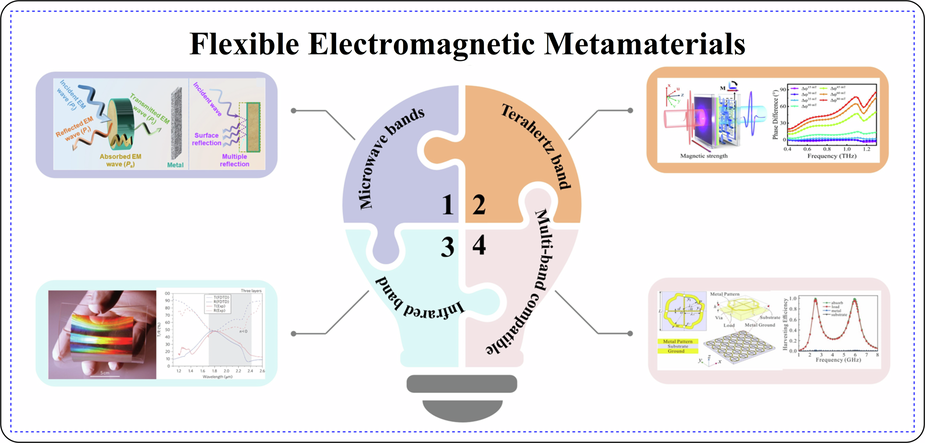Digital Twin
Digital Twin
Biology
A Digital Twin is a virtual replica of a physical object, system, or process that uses real-time data and simulations to mirror its real-world counterpart.
A Digital Twin is a virtual replica of a physical object, system, or process that uses real-time data and simulations to mirror its real-world counterpart. It is a digital representation that is connected to the physical object through sensors, IoT devices, and other data sources, allowing for real-time monitoring, analysis, and simulation of the physical object's performance, behavior, and condition. The digital twin can be used to predict potential failures, optimize performance, and improve maintenance scheduling, reducing downtime and increasing overall efficiency. The creation of a digital twin involves several key steps, including data collection, data integration, and data analysis. This requires a range of technologies, including IoT sensors, cloud computing, artificial intelligence, and machine learning. The digital twin can be used in a variety of applications, including predictive maintenance, quality control, and supply chain optimization. Digital twins can be categorized into three types: component twins, system twins, and process twins. Component twins are virtual replicas of individual components, such as a pump or a valve. System twins are virtual replicas of entire systems, such as a manufacturing line or a power grid. Process twins are virtual replicas of complex processes, such as a production workflow or a logistics operation. The benefits of digital twins include improved product design, reduced maintenance costs, and increased operational efficiency. They also enable companies to test and validate new products and processes in a virtual environment, reducing the need for physical prototypes and minimizing the risk of errors and failures. Digital twins are being used in a wide range of industries, including manufacturing, healthcare, transportation, and energy. They are also being used to create virtual replicas of cities and buildings, allowing for the simulation and analysis of complex urban systems and infrastructure. The future of digital twins is closely tied to the development of emerging technologies, such as augmented reality, blockchain, and the Internet of Things. As these technologies continue to evolve, digital twins are likely to become increasingly sophisticated and integrated, enabling companies to create highly accurate and detailed virtual replicas of their physical assets and operations.
Industrial Predictive Maintenance: Digital Twins can be used to monitor and analyze the performance of industrial equipment and predict when maintenance is required, reducing downtime and increasing overall efficiency.
Smart Cities: Digital Twins can be used to create virtual replicas of cities, allowing urban planners to simulate and analyze different scenarios, such as traffic flow, energy usage, and emergency response, to optimize city planning and operations.
Personalized Medicine: Digital Twins can be used to create personalized models of patients' bodies, allowing doctors to simulate and analyze different treatment options and predict patient outcomes.
Autonomous Vehicles: Digital Twins can be used to simulate and test autonomous vehicle systems, reducing the need for physical testing and improving safety.
Energy Efficiency: Digital Twins can be used to optimize energy consumption in buildings and factories by simulating and analyzing different energy usage scenarios.
Product Design and Testing: Digital Twins can be used to simulate and test product designs, reducing the need for physical prototypes and improving product quality.
Supply Chain Optimization: Digital Twins can be used to simulate and analyze supply chain operations, identifying bottlenecks and optimizing logistics.
Environmental Monitoring: Digital Twins can be used to simulate and analyze environmental systems, such as weather patterns and ocean currents, to better understand and predict environmental changes.
Aerospace and Defense: Digital Twins can be used to simulate and test aircraft and defense systems, improving safety and reducing maintenance costs.
Architecture and Construction: Digital Twins can be used to create virtual replicas of buildings and infrastructure projects, allowing architects and engineers to simulate and analyze different design scenarios and optimize construction processes.

